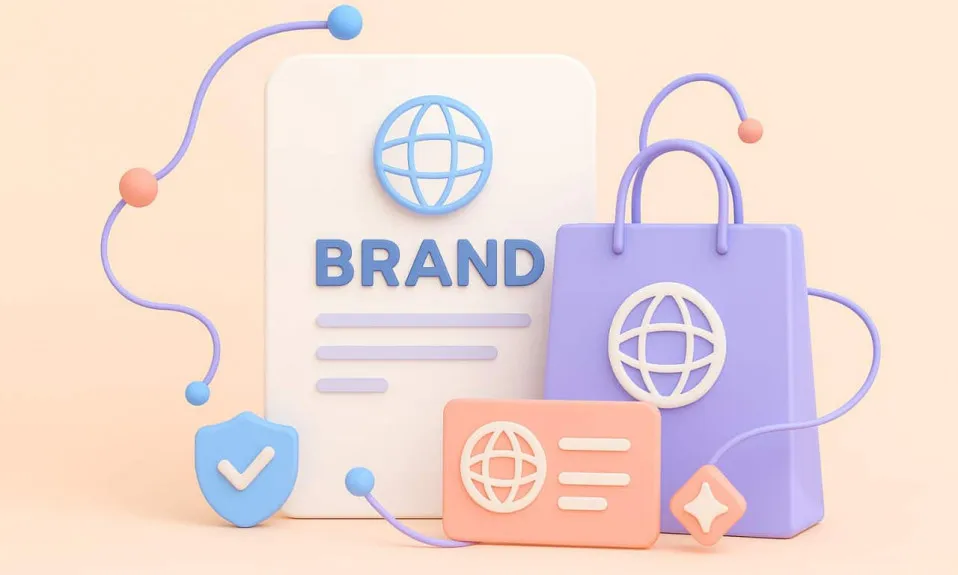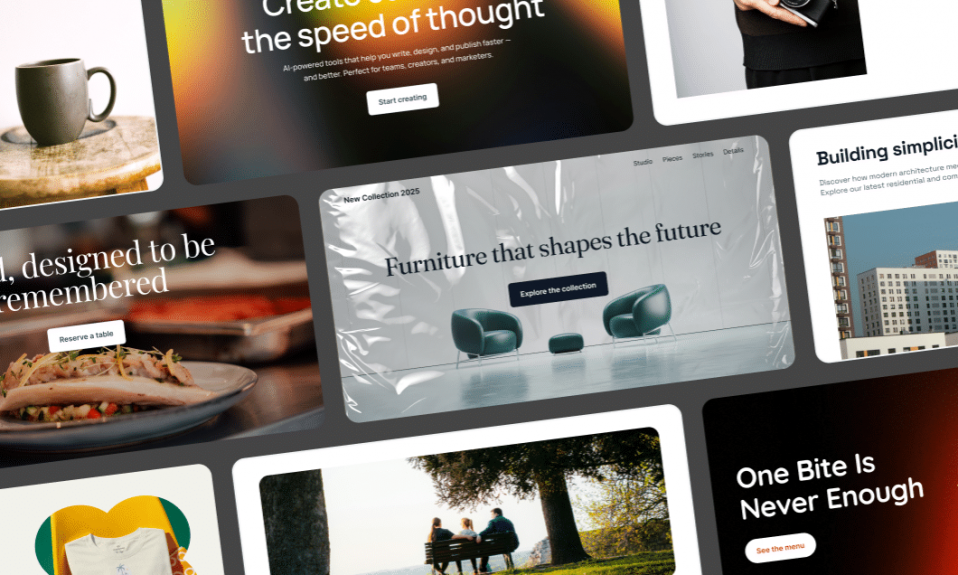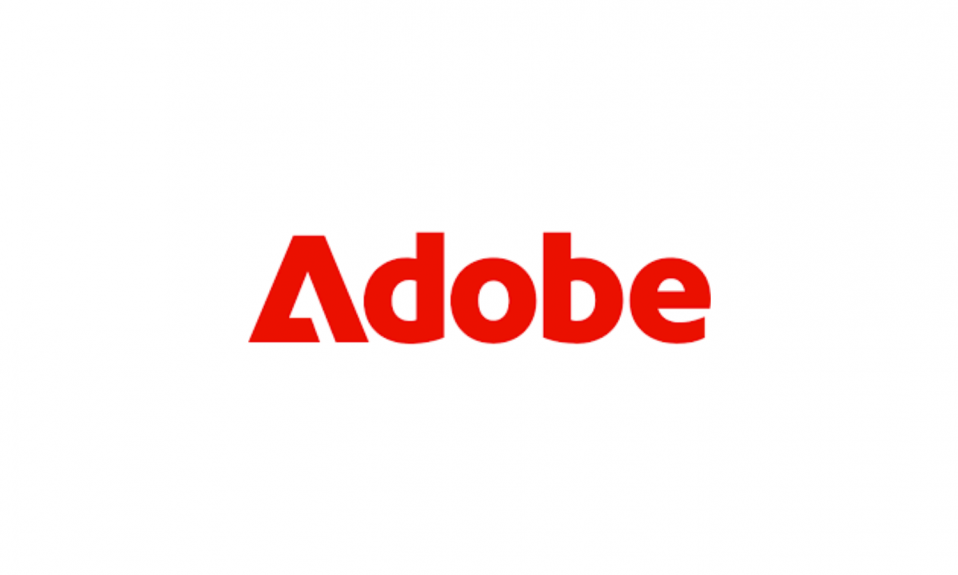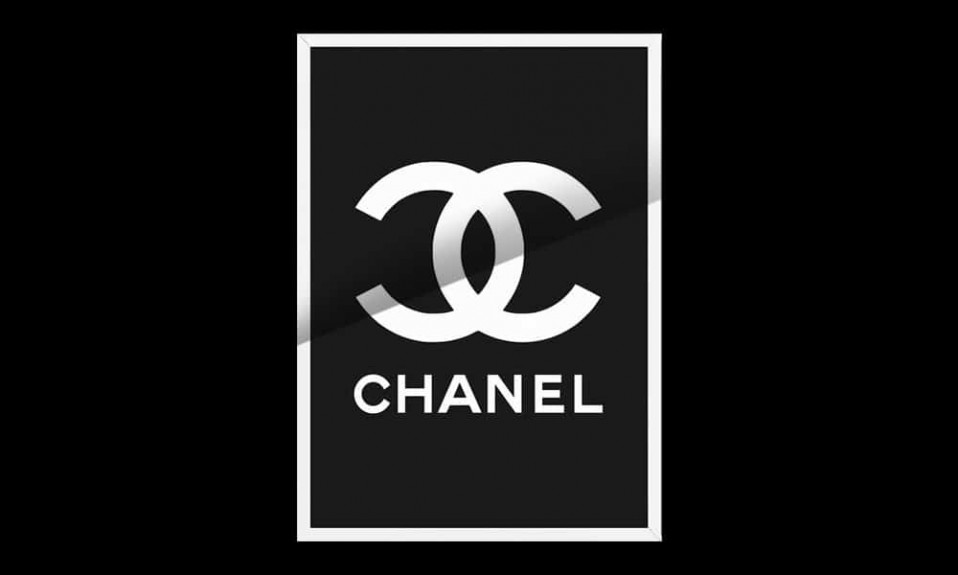Let me be honest: a company without a clear identity is like a blank billboard on a highway. People pass by, but they don’t remember a thing. I’ve seen too many brilliant businesses fail to make a mark simply because they neglected the invisible engine behind trust and recognition — their corporate identity.
If you’re building a startup, running a small business, or advising brands, and you’re still wondering whether corporate identity matters, this guide will leave no doubts. It’s not about aesthetics. It’s about survival.
Table of Contents
What is a corporate identity?

Identity corporate identity (CI) is not just about the logo or the color scheme. It’s the total perception of a company image built through visual design, communication style, and behavior. Three pillars hold it together:
- Corporate design corporate design: logo, colors, typography, layout, packaging
- Communication corporate communication: tone of voice, messaging, PR, social presence
- Corporate Behavior: corporate culture, brand values, how employees interact with customers
In essence, it’s what people think of when they think of you, and in conclusion corporate identity becomes the defining factor.
Expert tip: Don’t confuse corporate identity with brand identity. CI is who the company is. Brand identity is how the product or service appears to the consumer. One flows into the other, but they aren’t interchangeable.
Why Is Corporate Identity Critical to Your Business?
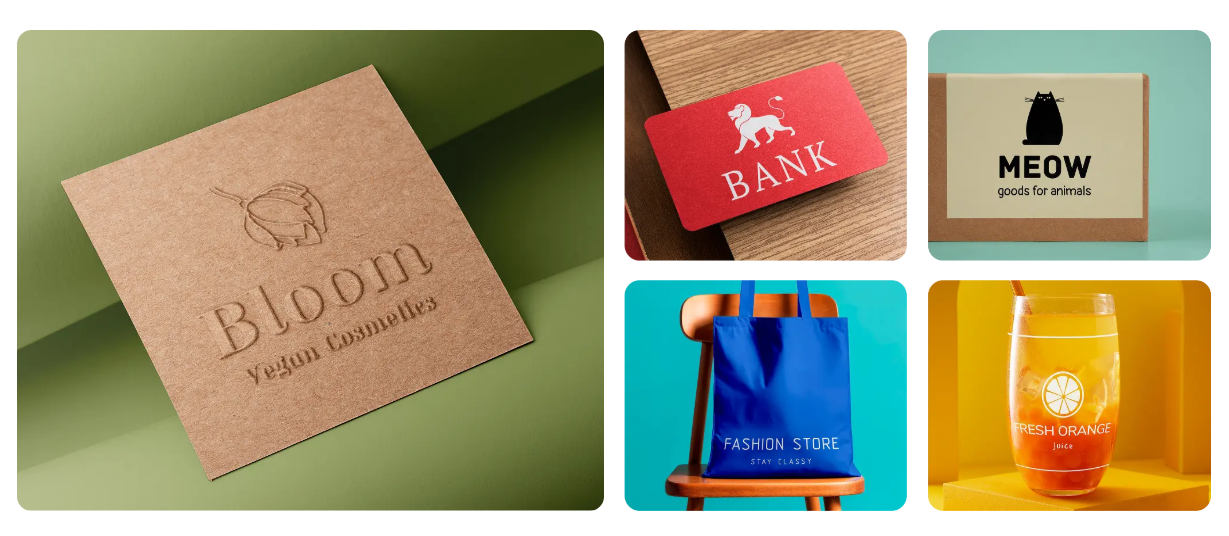
I’ve worked with hundreds of companies through Turbologo, and unlike many other companies, the ones that succeed fastest have something in common: consistency. Not just in how they look but in how they act and speak.
Effective corporate identity management requires consistency and strategy across every touchpoint.
Here’s why CI deserves your full attention:
- Brand recognition: People remember what looks and feels familiar. A recognizable corporate identity built on visual repetition (logo, fonts, color) creates strong mental associations.
- Trust: Consistency signals reliability. A strong corporate identity aligns design, messaging, and behavior, making you more credible.
- Differentiation: In saturated markets, even small cues matter — but a strong corporate identity multiplies the impact.
- Scalability: A strong CI becomes a compass. As you grow, new team members, partners, and clients instantly “get” who you are, which fuels long-term brand loyalty.
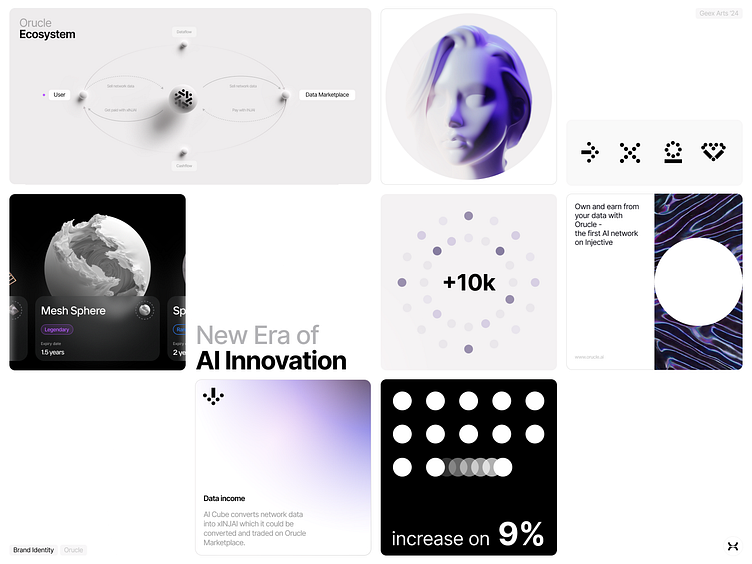
Let me give you an example. Imagine you’re launching a tech startup focused on green energy. A logo with bold colors, rigid fonts, and robotic tone will confuse your audience. The mismatch chips away at your credibility. But a clean logo with soft greens, natural textures, and clear language about sustainability? That’s alignment. That’s corporate identity in action.
What Goes into a Corporate Identity?

Corporate identity isn’t just a logo, though the logo is often the first point of contact. Here’s a breakdown of what I recommend including:
| Element | Role in CI |
|---|---|
| Logo | Visual anchor that encapsulates brand personality |
| Color Palette | Evokes emotion, builds consistency |
| Typography | Influences perception: modern, classic, playful? |
| Visual Assets | Icons, patterns, illustrations, mockups |
| Messaging | Mission, vision, values, tagline, tone of voice |
| Documentation | Style guide, brand book, internal communication guidelines |
You don’t need to build all of this on day one. But skipping it altogether leads to chaotic messaging and a fragmented experience.
Expert tip: Start lean. Even a 2-page brand sheet covering your logo, colors, fonts, and messaging pillars will give you massive clarity.
Corporate Identity in Action: Real-World Benefits
A well-built corporate identity brings measurable advantages:
- Faster Decision-Making: Clear identity helps customers decide faster. Less confusion = more conversions.
- Media Readiness: Journalists and bloggers are more likely to cover companies with clear visuals and strong narratives.
- Internal Alignment: Employees know what the company stands for. A strong corporate identity reduces miscommunication.
- Crisis Shielding: During PR crises, a company with a trusted corporate identity recovers faster. This resilience often preserves brand loyalty.
And it’s not theory. I’ve seen brands made with Turbologo grow from napkin ideas into real players, partly because their corporate identity gave them momentum early on.
How to Build a Corporate Identity Step by Step
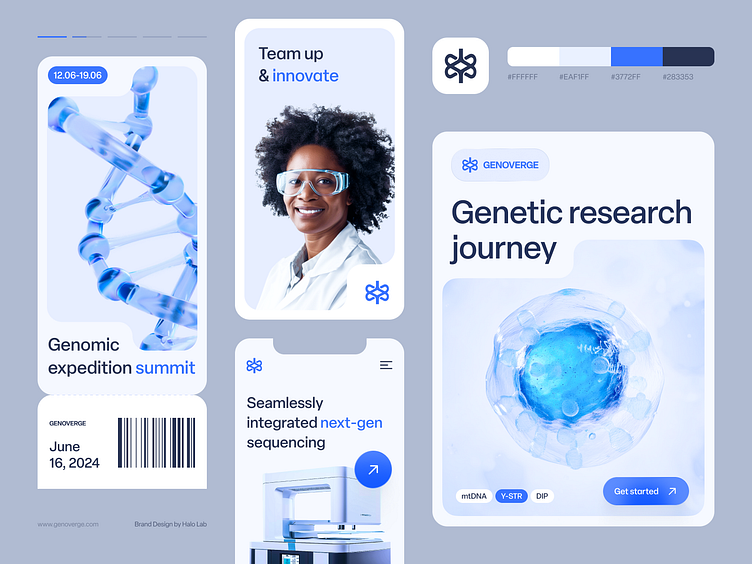
Step 1: Conduct a Brand Audit
What do you stand for? What makes you different? Gather feedback. Ask partners, employees, and clients what they associate with your business and your corporate culture.
Step 2: Define Core Elements
Write down your mission, vision, values, and unique value proposition — the pillars of your brand strategy.
Step 3: Corporate identity design through logo, typography, and color palette
Logo, typography, color palette. Tools like Turbologo are ideal for corporate identity design. With AI-powered tools, you can quickly test how ideas translate into visuals.
Step 4: Develop Messaging Guidelines
Decide on your tone of voice. Are you friendly and casual? Formal and authoritative? Capture this in writing.
Step 5: Apply Consistently
Use your corporate identity on every touchpoint: website, social media, presentations, invoices, hiring posts. Every asset is a chance to reinforce your perception.
Step 6: Document It
Create a simple PDF guide or internal wiki for better identity management. Share it with every employee and partner.
Creating a Company Logo That Reflects Your Corporate Identity
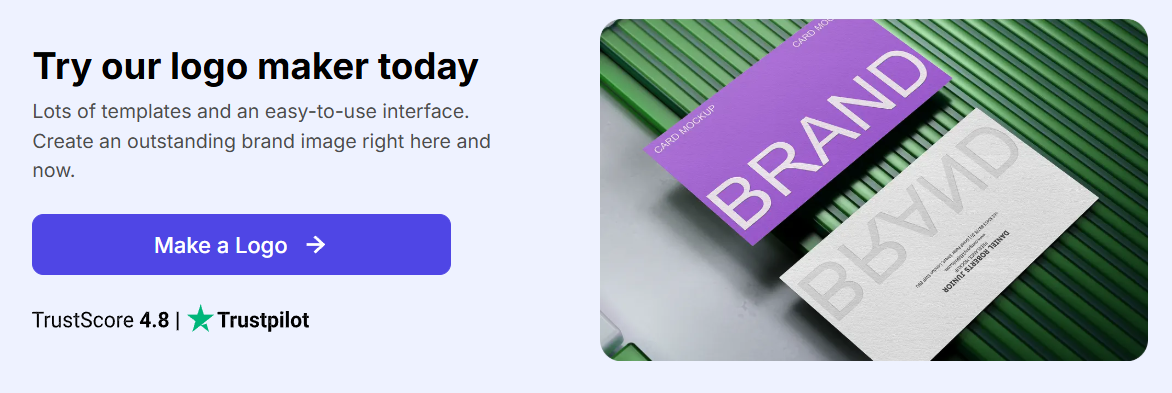
One of the easiest ways to kickstart your corporate identity is to generate a professional logo. That’s exactly why I built Turbologo: to help entrepreneurs and small businesses turn abstract ideas into concrete visuals.
With Turbologo, you don’t just get a logo. You get:
- A complete design system built on your brand style
- Consistent visual elements that match your corporate identity
- Editable assets for all platforms
It’s fast, intuitive, and most importantly, aligned with the rest of your corporate identity.
Common Mistakes to Avoid
Even seasoned teams slip up. Here are mistakes I often see:
- Designing before defining: Jumping into logos before clarifying your mission.
- Copying competitors: corporate identity must be authentic, not just “industry standard.”
- Ignoring corporate culture: What happens inside the company reflects outside.
- Inconsistency: Using five different logo versions across channels.
Expert tip: Avoid the urge to “just launch.” Invest two extra hours into getting your identity tight, and it will save you hundreds of hours later.
FAQ: Corporate Identity
Company identity covers the company as a whole. Brand identity often refers to a specific product or customer-facing element.
As early as possible. Even a basic system, if it’s a good corporate identity, brings clarity.
Not necessarily. Tools like Turbologo help you start fast without prior design experience.
Yes. Rebranding is common as businesses grow. The key is intentional change, not random tweaks.
Company identity is not optional. It’s the blueprint for how your business looks, talks, and behaves. Ignore it, and you risk blending into the noise. Build it right, and you create lasting impact.
Start with clarity. Start with corporate identity. And if you’re ready to build yours, try Turbologo.

SEO specialist, link builder, and blog editor at Turbologo. Writing insightful content about marketing, design, and branding. Sharing practical tips on building and promoting brands online.

